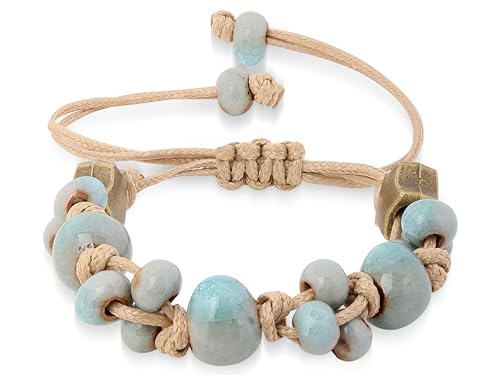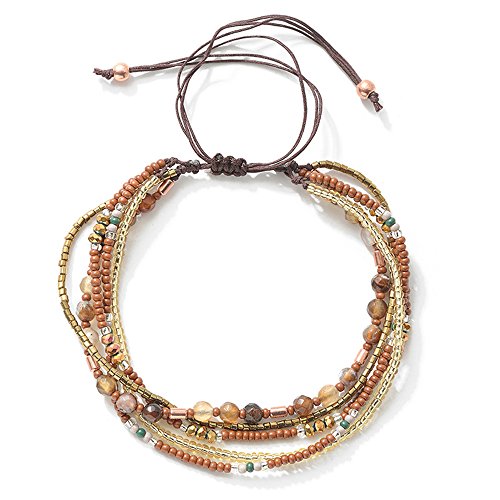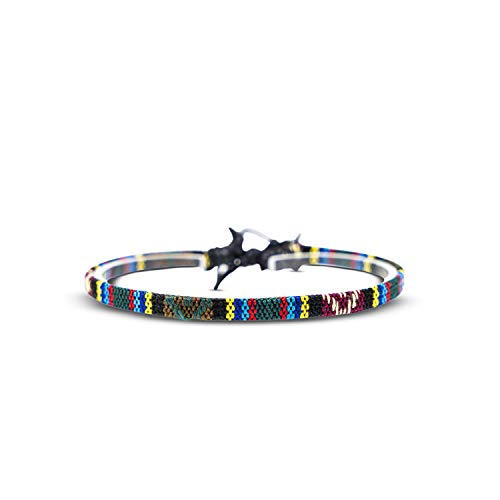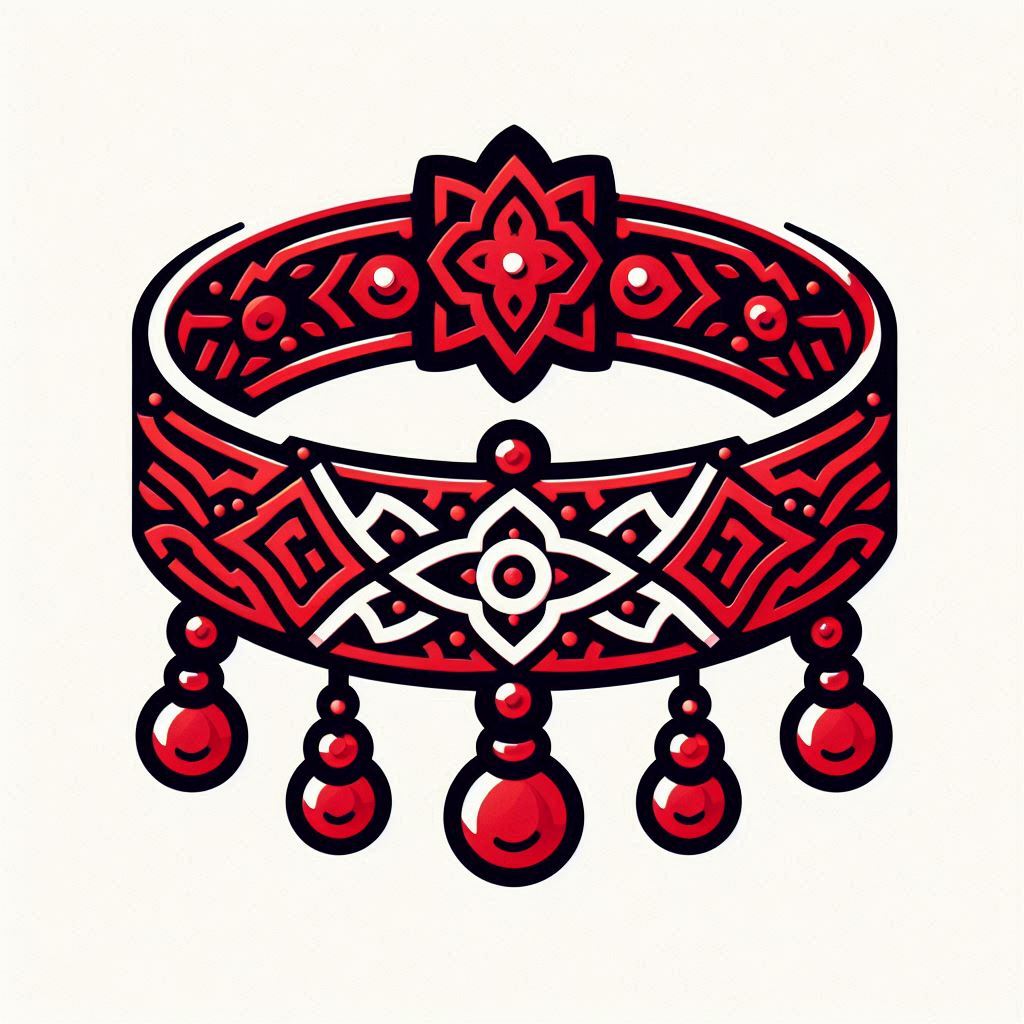When embarking on the journey of crafting Moroccan bracelets, one of the first and most crucial steps is choosing the right materials. The choice of materials not only influences the bracelet's appearance but also its overall durability and comfort. Traditional Moroccan bracelets often incorporate a variety of elements, including metals, beads, leather, and textiles. Each material brings its own unique aesthetic and cultural significance to the final piece.
Metal is a popular choice for Moroccan bracelets, especially in the form of silver or copper. Silver is prized for its shiny finish and resistance to tarnish, making it an excellent choice for jewelry that lasts. Copper, on the other hand, offers a warm tone and can create beautiful patinas over time. When selecting metal, consider the weight and texture, as these factors will affect how the bracelet feels when worn.
Beads are another essential component in bracelet design, allowing for endless creativity and personal expression. Glass beads, ceramic beads, and semi-precious stones can all be used to add color and vibrancy. Some artisans even incorporate traditional Moroccan beads, like those made from clay or metal, which carry cultural stories and heritage. Mixing different types of beads can create a striking contrast that enhances the visual appeal of your bracelet.
Leather and textiles provide an excellent base for more intricate designs. Leather strips can be braided or woven, providing a rustic feel that contrasts beautifully with more polished materials. Textiles, such as silk or cotton threads, can be used for embroidery or knotting, adding texture and softness. When using these materials, ensure they are of high quality to maintain the integrity of the bracelet over time.
Exploring Traditional Moroccan Designs
Traditional Moroccan designs are a rich tapestry of history and culture, showcasing the country's vibrant artistic heritage. From intricate geometric patterns to vivid colors, these designs reflect Morocco's unique blend of influences from Berber, Arab, and Andalusian traditions. Each piece tells a story, connecting the wearer to the age-old customs that have shaped Moroccan society over centuries.
One of the most captivating aspects of Moroccan design is its meticulous attention to detail. Artisans often use a variety of materials, including silver, leather, and colorful beads, to create stunning works of art. The use of filigree, a delicate metalwork technique, is particularly prominent in bracelet making. This skillful craftsmanship involves twisting and curling fine wire to create intricate patterns that captivate the eye and evoke a sense of wonder.
In addition to beauty, traditional Moroccan designs also carry significant meaning. Many motifs symbolize protection, love, and prosperity, making them cherished elements in personal adornment. Popular symbols include the Hand of Fatima, believed to ward off evil, and stars that often signify guidance and hope. When wearing a Moroccan bracelet adorned with these motifs, one not only embraces a fashion statement but also a piece of cultural identity.
Exploring traditional Moroccan designs offers a glimpse into the artistry of skilled craftsmen who have honed their techniques over generations. The colors and patterns found in these bracelets are not just visually striking but also serve as a reminder of Morocco's cultural richness. With every bracelet, wearers embrace a timeless art that transcends trends, making each piece a unique window into the soul of Moroccan heritage.
Techniques for Creating Unique Bracelets
Creating unique bracelets is an art that allows for personal expression and creativity. One popular technique is bead weaving, which involves stringing various beads together to form intricate patterns. You can choose beads made of different materials, such as glass, wood, or metal, to add depth and texture to your designs. By combining colors and shapes, you can create a bracelet that reflects your style and captures attention.
Another effective technique is wire wrapping. This method allows you to use thin wire to wrap around stones or beads, securing them in place while adding a decorative element. Wire wrapping can transform simple materials into stunning focal points for your bracelets. Try experimenting with different wire gauges and colors to achieve unique effects, making your creation truly one-of-a-kind.
Macramé is also a fantastic technique for crafting bracelets. This art involves knotting cords or threads in intricate patterns to create beautiful designs. Macramé bracelets are often adjustable, making them suitable for various wrist sizes. Adding beads or charms to your macramé work can enhance the visual appeal and add a personal touch, making each piece feel special.
Lastly, consider incorporating traditional Moroccan techniques into your bracelet-making process. Techniques like leatherworking and metal stamping can add a unique flair to your creations. By using traditional methods, you honor the rich cultural heritage behind Moroccan jewelry while crafting something new and personalized. Explore different materials and techniques to discover the endless possibilities in creating unique and beautiful bracelets.
Finishing Touches for a Polished Look
As you near the completion of your Moroccan bracelet, it's the finishing touches that truly elevate your creation from simple to stunning. These final details can enhance the overall aesthetic and provide a polished look that showcases your craftsmanship. Whether you're adding beads, charms, or intricate knots, each choice contributes to the unique character of your bracelet.
One popular option for adding flair to your Moroccan bracelet is incorporating colorful beads. Choosing beads that contrast with your base materials can create a vibrant visual effect. Consider using traditional Moroccan beads made from materials like glass or ceramic, which can provide an authentic touch. When threading your beads, play around with different patterns and color arrangements to find a design that resonates with your vision.
Another element to consider is adding charms or pendants that reflect your personal style or cultural inspirations. A single charm can transform the overall look of your bracelet, acting as a focal point for your design. Look for charms that represent meaningful symbols, such as stars, moons, or geometric shapes commonly found in Moroccan art. Attaching these elements securely will ensure they not only look good but also withstand everyday wear.
Lastly, don’t overlook the importance of securing the ends of your bracelet. Knotting techniques, such as the classic macramé or a simple slip knot, can add both functionality and beauty. Sealing the ends neatly not only secures your design but also gives it a finished look. Remember, it’s these small details that truly reflect the artistry of your craftsmanship, making your Moroccan bracelet a cherished piece for years to come.




